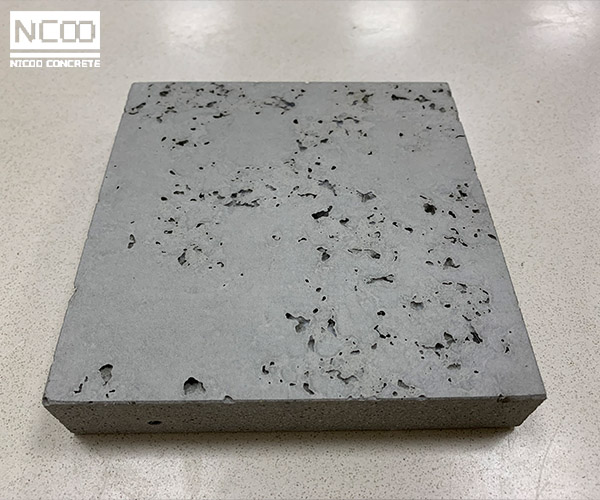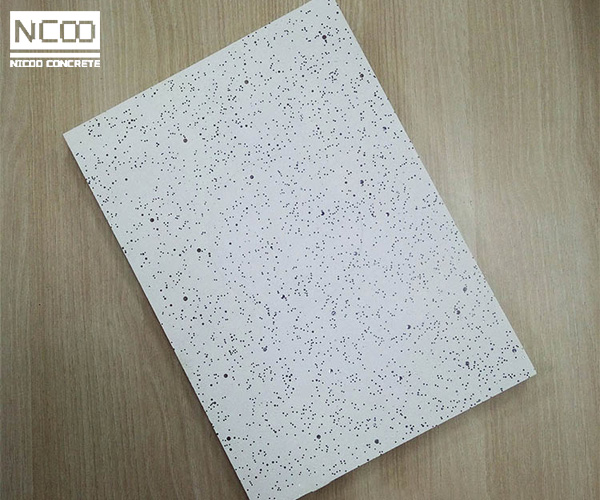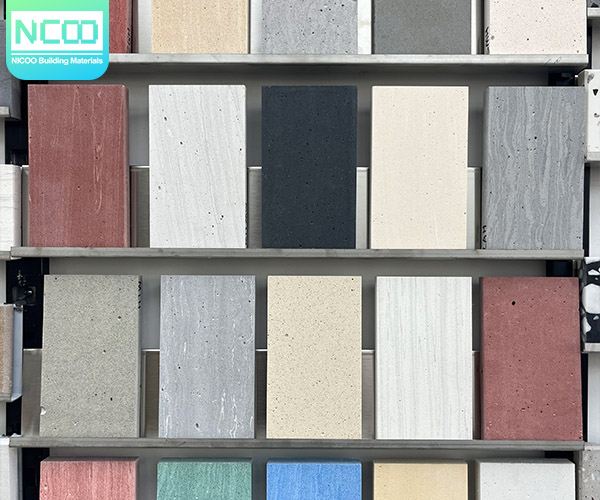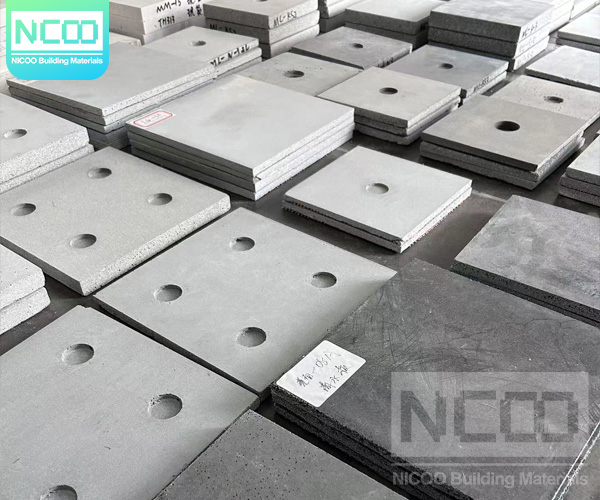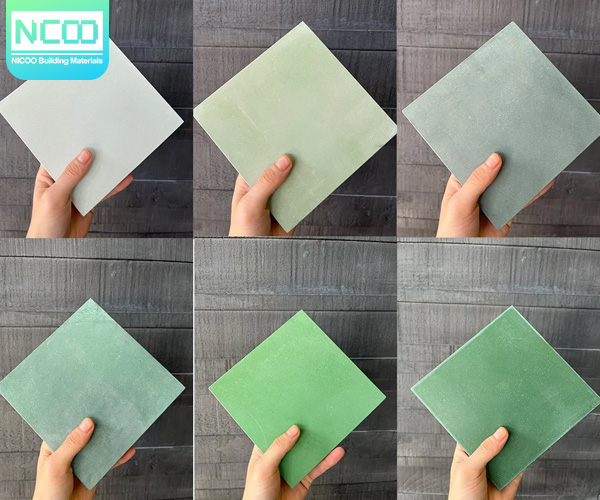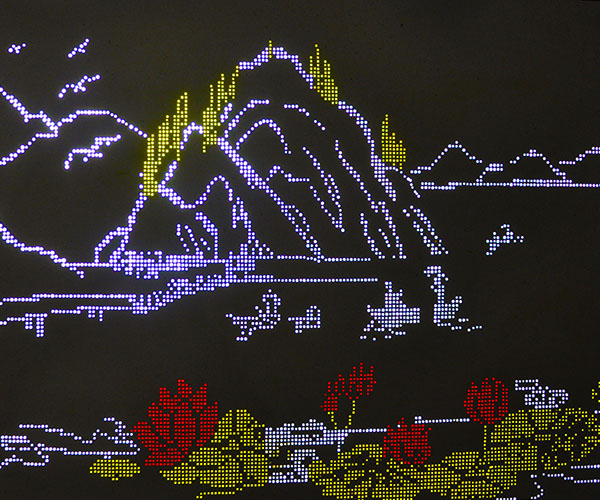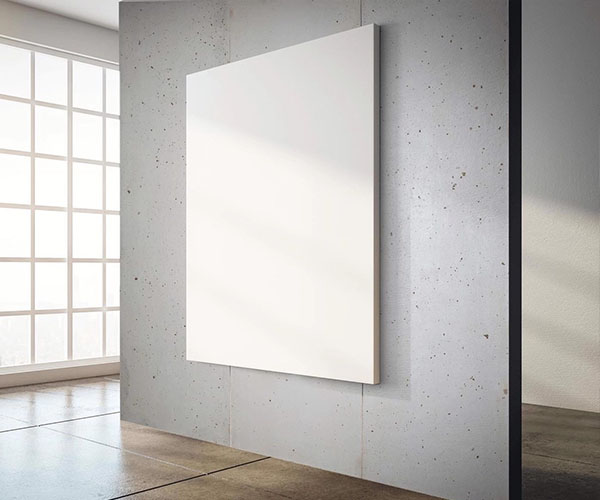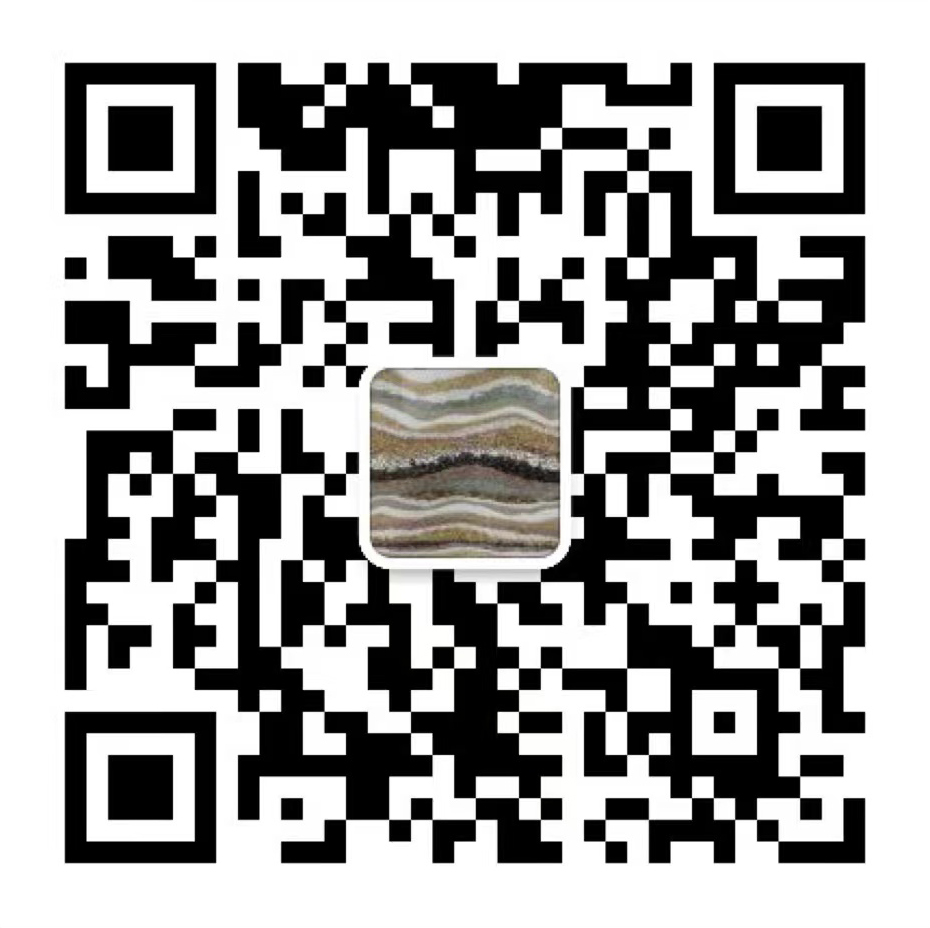Contrast of NICOO Fair-faced Concrete and Ordinary Concrete
As a common building material, concrete has a wide range of applications. In building structures, common concrete types include fair-faced concrete and ordinary concrete. This paper will compare these two types of concrete, explore their differences and application scenarios.
Basic definition
1. Fair faced concrete: Fair faced concrete refers to concrete made by mixing cement, sand, aggregates, and water in a certain proportion without adding any admixtures or additives.
2. Ordinary concrete: Ordinary concrete refers to the addition of admixtures and additives in an appropriate amount based on the requirements of structure and performance, on the basis of cement, sand, aggregates, and water, to adjust the workability and performance of concrete.
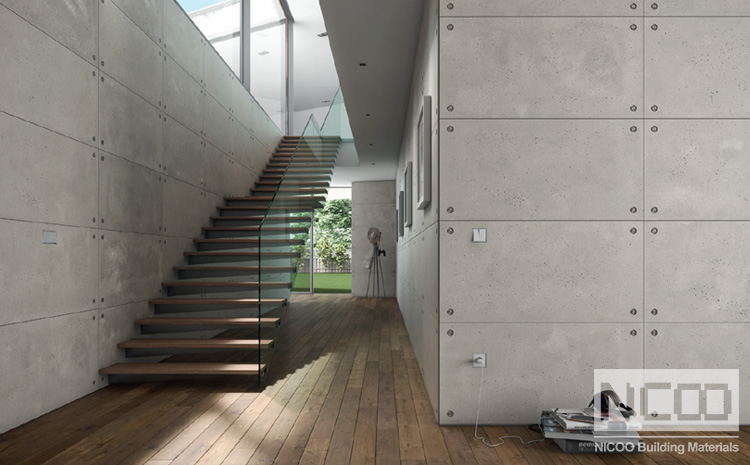
Fair-faced concrete and ordinary concrete are different in the following aspects:
1. Appearance: The surface of clear concrete has no obvious cracks, pits and bubbles, and has a smooth, delicate, uniform and consistent color, while the surface of ordinary concrete usually has a certain degree of cracks and roughness.
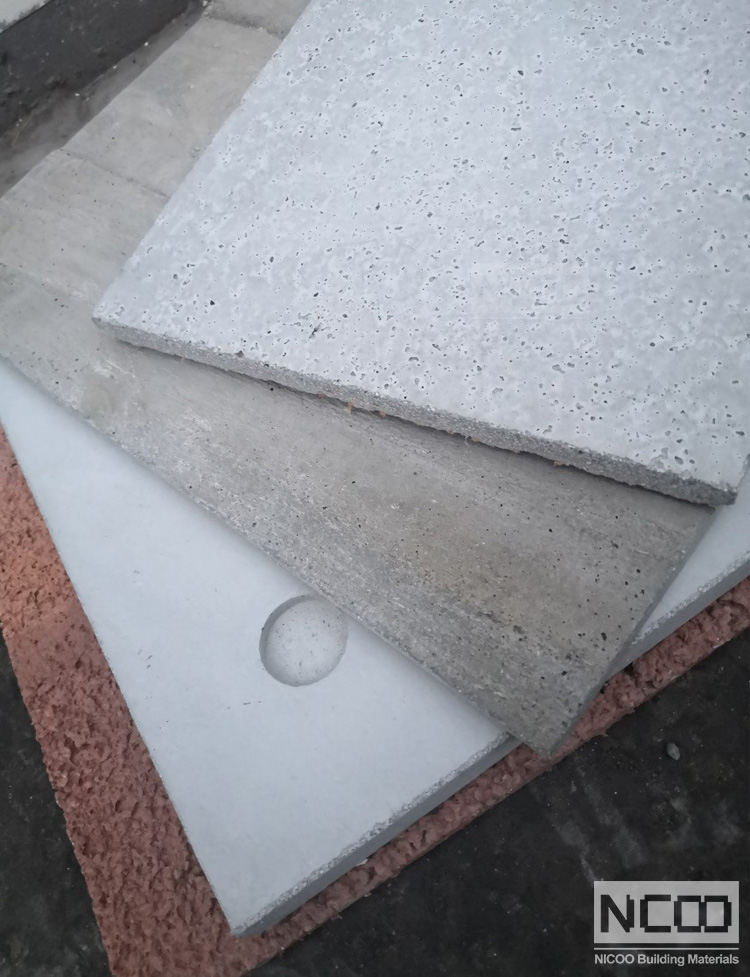
2. Strength: Exposed concrete has higher strength than ordinary concrete and can withstand greater pressure and weight.
3. Cost: Due to different production processes, the cost of exposed concrete is relatively high. Compared to ordinary concrete, plain concrete has a higher cost, requires complex raw materials and construction processes. Therefore, in some projects that require high strength, ordinary concrete has economic advantages. For projects that require high strength and durability, the use of plain concrete can ensure the stability and longevity of the project.
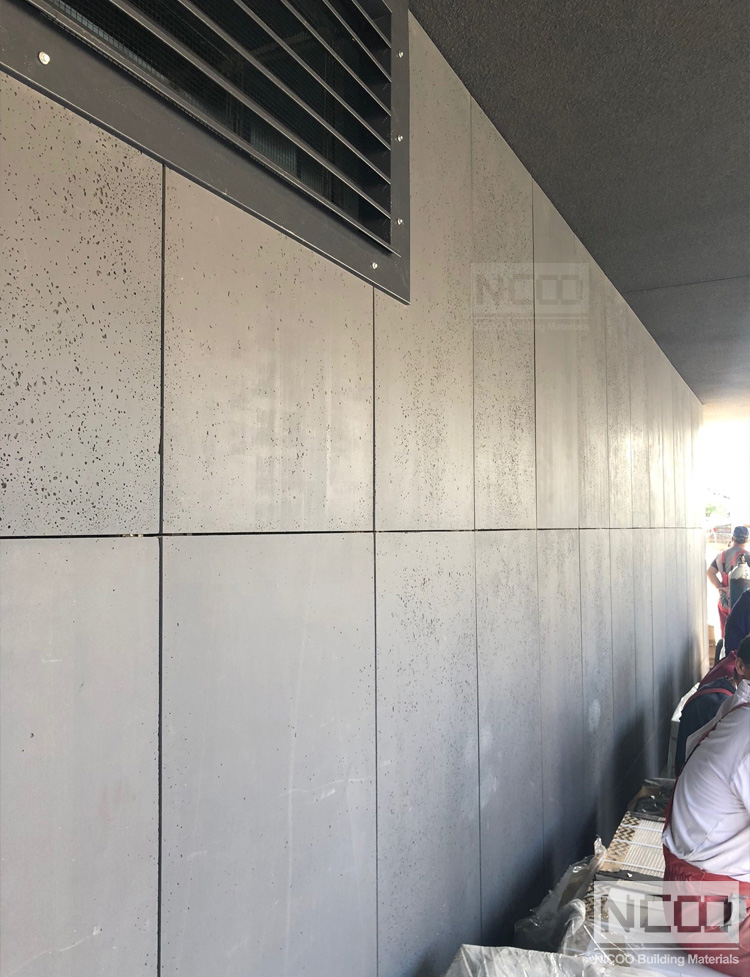
4. Construction difficulty: The construction of exposed concrete is more difficult and requires a higher level of technology and experience, while the construction of ordinary concrete is relatively simple and easier to operate.
5. Scope of application: Exposed concrete is often used in high-grade architecture, decorative engineering and landscape design, while ordinary concrete is more widely used, suitable for a variety of construction and engineering projects.
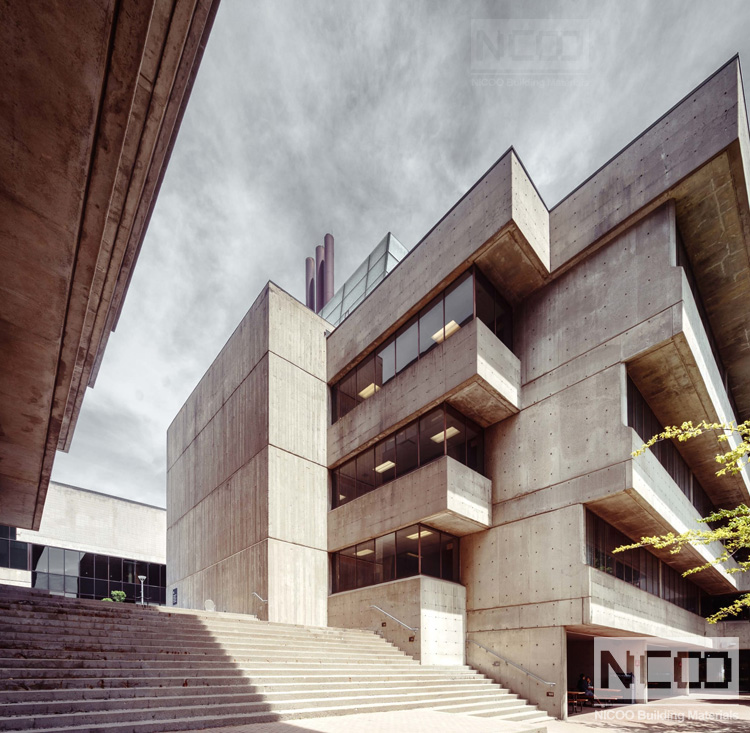
Both fair-faced concrete and ordinary concrete have their own characteristics and are suitable for different engineering scenarios. When choosing the concrete type, the requirements, costs and life expectancy of the project should be comprehensively considered to ensure the quality and economic benefits of the project.
The Function of Concrete in Construction
Concrete is a building raw material, and its value is the largest in the construction industry. Because only it is the core material of construction. A building without concrete is like a living thing without flesh. Bones alone don't make an organism. Therefore, in the construction industry, the use of concrete is very extensive, it can be said that all people working in the construction industry will use a single concrete this substance, his role is self-evident.
Hand-cast Fair-faced Concrete Slab Color Precast Cement Board
Who says fair-faced concrete slabs can only be drab gray? Today, I reveal to you a stunning treasure - colored concrete slab! It is not only a simple building material, but also a bright color in home design and garden landscape.
Light-transmitting Cement and Concrete Interesting Texture Sharing
Nowadays, designers rarely find suitable textures when designing light-transmitting concrete. Today, I share some textures of light-transmitting cement for designers' reference.
Flexible Tile Manufacturer Take You To Understand The Price
We know that the price of flexible tile from each manufacturer is different, how do we know whether the price he gives is expensive or cheap, let's take a look.



